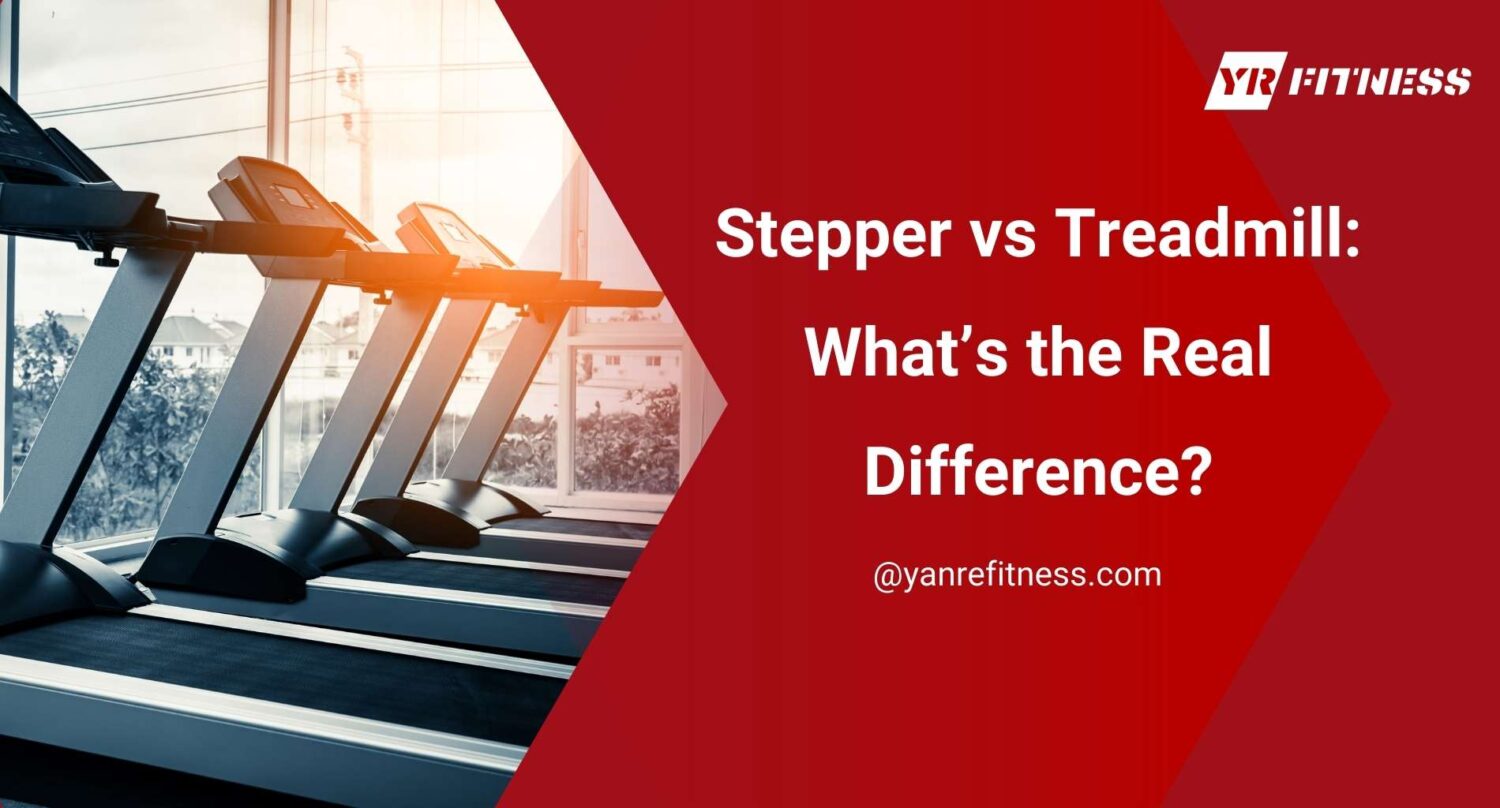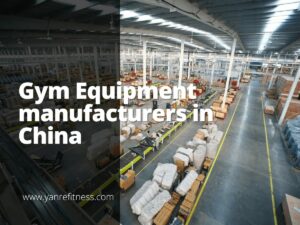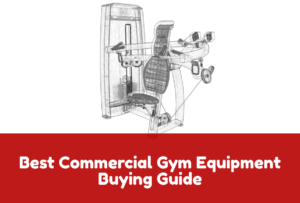I still remember the first time I tried to pick cardio machines for a gym project.
I opened the catalog… and froze.
There were too many options. Too many specs. And way too many opinions.
What I needed was a simple answer: Stepper or treadmill what works better for my gym?
If that’s the question in your mind right now, I get it. And I’ve been there.
I’ve worked with gyms across China, the US, and Southeast Asia. I’ve seen what lasts and what doesn’t. What draws crowds and what collects dust.
In this article, I’ll walk you through the core differences between steppers and treadmills. You’ll learn which is better for your members, your floor plan, and your long-term budget.
By the end, you’ll know exactly where to spend your money.
So let’s dive in!
- 1. Which Cardio Machine Offers Better ROI for Gyms?
- 2. Client Demand: What Are Your Members Using More?
- 3. Fitness Benefits: Muscle Engagement and Workout Intensity
- 4. Safety and Accessibility for All Users
- 5. Space and Layout Considerations
- 6. Maintenance and Operational Efficiency
- 7. Equipment Versatility and Add-On Features
- 8. Long-Term Business Strategy: Resale and Scalability
- 9. Final Decision: Which Machine Is Right for Your Business?
- Conclusion
1. Which Cardio Machine Offers Better ROI for Gyms?
When you’re running a gym, every piece of equipment is an investment.
Not just in money but in member satisfaction, maintenance, and how long it actually lasts.
I’ve helped set up dozens of gyms. And one thing I’ve learned? A cardio machine might look great on paper, but that doesn’t mean it’s the smartest choice long-term.
Let’s break down what you really get from a stepper vs. a treadmill.
Initial Investment vs Long-Term Costs
Treadmills usually cost more up front. For a commercial-grade treadmill, you’re looking at:
- $$2,500$$7,000 per unit
Steppers are often cheaper:
- $$2,000$$4,000 for a high-quality model
But that’s just the start. Treadmills need regular maintenance:
- Belt replacements
- Motor checks
- Lubrication
- Higher electricity use
If you skip this, things wear out faster and that means downtime.
Steppers?
They’re simpler machines. Fewer moving parts. Less motor stress. You might deal with squeaks or resistance issues, but it’s usually easier to fix.
Maintenance costs over 3 years:
- Treadmills: around $600–$1,200
- Steppers: closer to $300–$600
And don’t forget warranty coverage. Most commercial treadmills come with:
- 5–7 years on the frame
- 2–3 years on motor and parts
Steppers? Slightly shorter:
- 3–5 years on the frame
- 1–2 years on mechanical parts
Durability and Lifespan in Commercial Settings
Treadmills take a beating.
People run, stomp, and sprint. That creates wear fast.
Steppers?
Lower impact. Less vibration. That helps them last longer especially in high-traffic gyms.
I once visited a fitness center that replaced three treadmill belts in a single year. Meanwhile, their two-year-old steppers hadn’t needed a thing.
If you’re planning for the long haul, it’s worth asking:
- Which machine holds up better during peak hours?
- Which one sees more use without breakdowns?
Some manufacturers list treadmill MTBF (Mean Time Before Failure) at 7,000–10,000 hours. Steppers can reach 10,000–12,000 hours, depending on the model and usage.
Bottom line: If you’re buying for looks, treadmills win. If you’re buying for value and lifespan, steppers deserve a closer look. But we’re just getting started—next, we’ll look at how each machine impacts your members’ workouts.
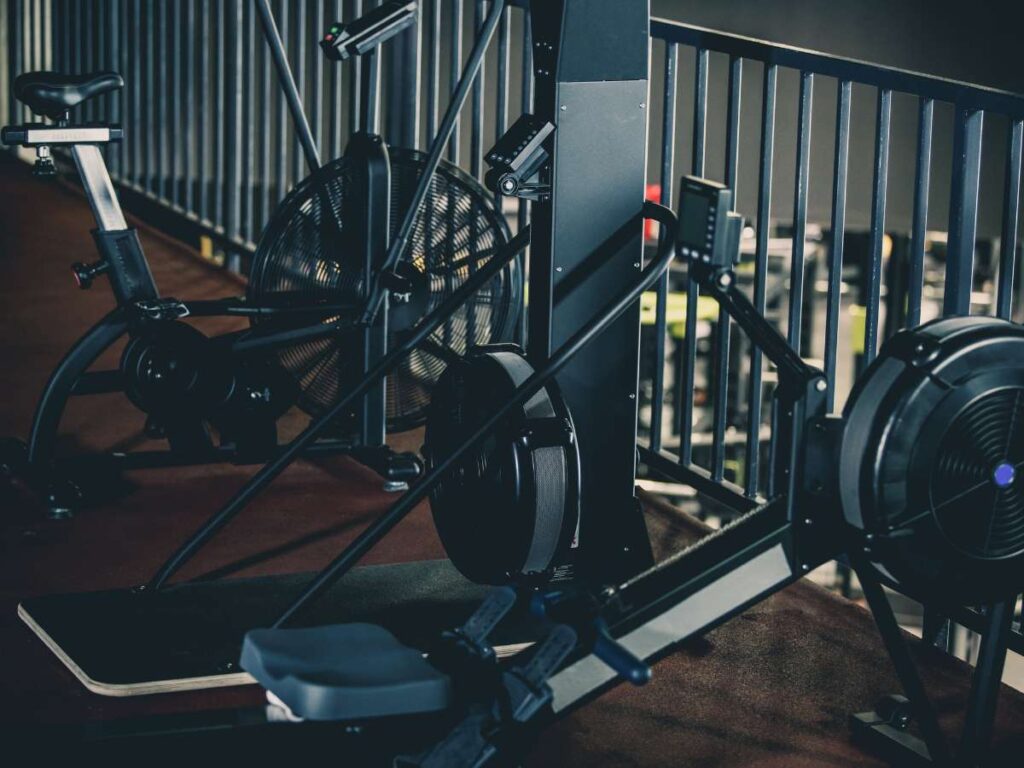
2. Client Demand: What Are Your Members Using More?
You can buy the best machine on the market, but if no one uses it it’s just expensive decor.
I’ve seen it happen.
A gym I worked with had five steppers lined up by the window. Brand new. After a month, three were still spotless.
Meanwhile, the treadmills? Constant rotation. Sweaty towels. Worn belts. That told me everything I needed to know.
If you’re trying to figure out where to put your money, look at where your members are spending their time.
Member Preferences and Trends
Most general fitness centers report treadmills as the most-used cardio machine.
People know how to use them. They’re familiar. And they work for almost any goal.
Here’s a quick breakdown of what I’ve seen and what data supports:
- Treadmills:
- Top pick for walkers and runners
- Popular with weight-loss clients
- Great for steady-state cardio and rehab
- Easy to pair with heart rate training
- Steppers:
- Loved by clients focused on glutes and thighs
- Big hit for short, intense workouts
- Often used in HIIT circuits
- Seen as “harder” by beginners
You’ll also notice some patterns by age and training style:
- Younger members (20s–30s) lean more into steppers and interval training
- Middle-aged clients often stick to treadmills
- Seniors go for low-impact treadmill walking
If your gym focuses on weight loss, treadmills might drive more use. If your crowd’s chasing muscle tone and fast sweat sessions, steppers can surprise you.
Impact on Client Retention and Satisfaction
Here’s the truth: Members stay longer when they use your equipment.
If a machine becomes part of their routine, they’re more likely to renew.
Treadmills usually offer more flexibility:
- Manual incline
- Interval settings
- Virtual running trails
- Built-in heart rate zones
Steppers have their own perks, though:
- Shorter workout time
- Intense calorie burn
- Good for group classes or quick add-ons
One gym owner told me their female clients swarmed the stepper section after a trainer added glute-focused HIIT to the schedule—similar to how the Stairmaster draws users focused on high-intensity leg sculpting. That’s the kind of insight that can shape what you buy next.
Ask yourself what your members want to do, not just what machines look good on the floor. That’s how you keep them coming back.
3. Fitness Benefits: Muscle Engagement and Workout Intensity
Some members want fat loss. Others want stronger legs. A few just want to sweat fast and go home.
So when you’re choosing between a stepper and a treadmill, it helps to look beyond features. What muscles do they work? How hard is the workout? And can they fit different goals?
Let’s break it down:
Targeted Muscle Groups
Steppers do more than people think. You’ll feel it fast in your legs and lungs.
They target:
- Glutes (big time)
- Hamstrings
- Calves
- Core, for balance and posture
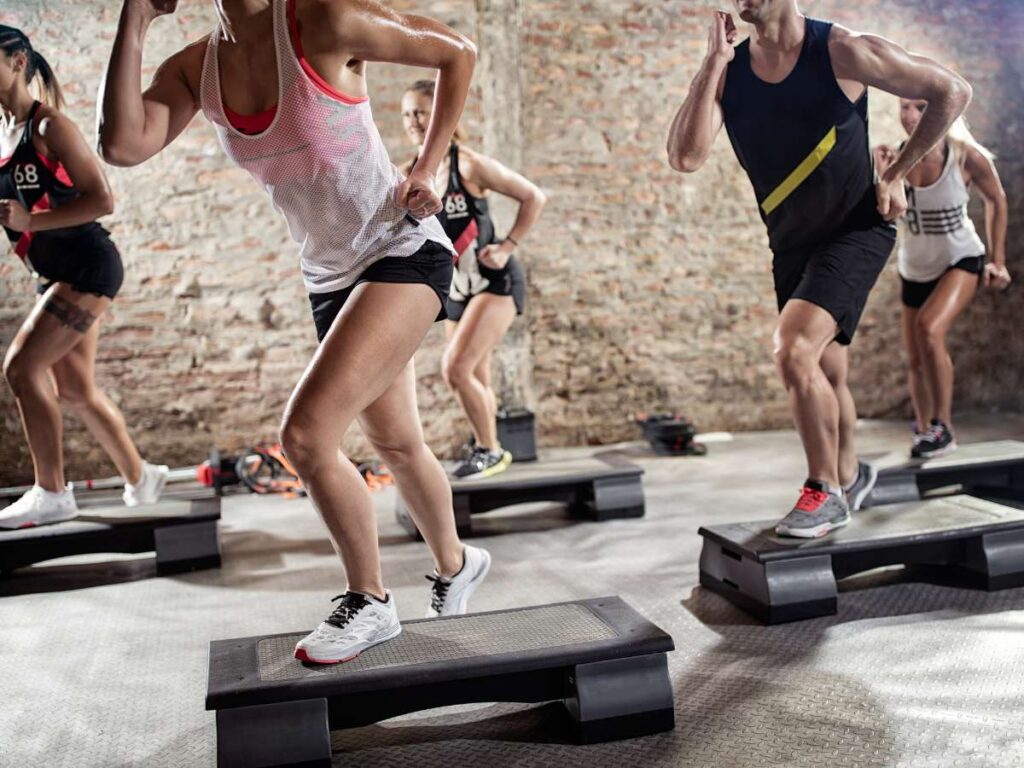
Because the movement mimics stair climbing, it’s a great way to lift and tighten the back side without pounding your joints.
Treadmills, on the other hand, give you more range:
- Quads and calves get stronger with each stride
- Hamstrings help power the push
- Walking and running both build cardio endurance
- Incline settings add more glute work too
If you’ve ever seen someone hike up a treadmill at 12% incline, you know it’s no joke.
Calorie Burn and Cardio Impact
I’ve used both and watched members do the same. Some are dripping after 10 minutes on a stepper. Others do 45 minutes on the treadmill and walk off calm.
Here’s what the data says for 30 minutes of moderate effort:
- Treadmill (5 mph run): ~250–400 calories
- Stepper (moderate pace): ~200–300 calories
But here’s the twist steppers often feel harder. That short, repetitive climb adds up fast.
So even though the calorie numbers may look close, users often reach higher heart rates faster on steppers.
Treadmills, meanwhile, shine for longer, steady-state cardio.
Flexibility for Training Programs
If you run personal training or group classes, variety matters.
Here’s what each machine supports:
Treadmill:
- HIIT (with speed or incline sprints)
- LISS (low-intensity steady-state)
- Incline walking for glutes and cardio
- Rehab walking with safety rails and slow speeds
Stepper:
- Quick fat-burners (10–15 min bursts)
- Muscle tone circuits (esp. glutes)
- Interval training
- Good warm-up before strength work
Both machines build stamina. Both hit your legs. But if you’re chasing cardio flexibility and long-distance options go treadmill. If your members want quick sweat and lower-body sculpting look closer at the stepper.
4. Safety and Accessibility for All Users
Every gym has a mix of members. You’ve got the high-intensity regulars. You’ve got the rehab clients.
And you’ve got older adults who just want to stay active without getting hurt. That’s why safety and ease of use matter just as much as calorie burn or features.
Let’s look at how steppers and treadmills compare:
Risk of Injury
Treadmills are simple until they’re not. Most accidents happen when users:
- Set the speed too high
- Lose focus
- Misstep during incline workouts
- Forget to use the safety clip
I’ve seen it. A client hit 8 mph without warming up. Missed a step. Landed hard. Luckily, no major injury—but it could’ve been worse.
Treadmills also come with moving belts and motors. That means more potential for slips, especially for beginners.
Steppers? They don’t move for you. You power the movement yourself. That cuts down the chance of a fall from speed. But they’re not foolproof.
Poor posture, especially leaning too far forward, can stress the:
- Knees
- Ankles
- Lower back
Also, step height can be tough for beginners or anyone with joint issues. Especially if they’re starting from zero fitness.
User Accessibility
If your gym serves a wide range of ages or rehab clients, this section is worth thinking through.
Treadmills:
- Easier to step on and off
- Many models come with side rails for balance
- Good for rehab walking and low-impact use
- Can adjust speed to match ability
- Some models offer pre-set programs for seniors or physical therapy
Steppers:
- Great for short workouts
- Helps with leg strength and heart rate
- But: the up-down motion may feel unstable to new users
- Not ideal for those with balance issues or recent knee injuries
I once worked with a gym that ran a “Silver Fitness Hour.” Most of their older clients picked treadmills with handrails and skipped the stepper entirely.
If safety and rehab use are priorities in your gym, treadmills offer a safer, more controlled start, similar to how recumbent bikes serve as joint-friendly options for older or injured members. Steppers still have a place, but maybe not for every member.
5. Space and Layout Considerations
I’ve seen gym owners buy machines first, then try to figure out where to fit them later.
Big mistake.
If space is tight and let’s be honest, it usually is machine size and sound can make or break your floor plan.
Let’s look at how treadmills and steppers stack up:
Footprint and Portability
Treadmills take up more room. Here’s what you’re usually working with:
- Average treadmill: 70–85 inches long, 30–35 inches wide
- Needs clearance behind for safety
- Heavy most weigh 200–300 lbs
They’re long. And unless you get a foldable one (which isn’t common in commercial gyms), they’re going to stay put.
Steppers are smaller:
- Average stepper: 45–60 inches long, 25–30 inches wide
- No need for extra clearance
- Lighter—often 150–200 lbs
In one gym I worked with, we were able to fit two steppers in the space of one treadmill. That gave members more options without crowding the room.
If you’re working with a small studio, or trying to leave space for stretching, mobility, or free weights, steppers are easier to work around.
Noise and Floor Vibration
This one surprised me the first time I noticed it. A treadmill on the second floor? You’ll hear it downstairs.
Every. Single. Step. Treadmills tend to be louder, especially:
- At high speeds
- With heavier users
- On hard flooring
Even with rubber mats, the thud of running can carry through walls and ceilings.
Steppers? Much quieter.
- No belt noise
- No pounding impact
- Just smooth, repetitive motion
One client had a yoga room next to their cardio zone. Treadmills caused complaints. Steppers didn’t.
If you’re sharing walls with neighbors or trying to keep your gym peaceful this matters.
Treadmills demand more space and make more noise. Steppers are easier to fit, easier to move, and won’t shake your floor. If layout flexibility matters in your setup, you’ll want to keep that in mind.
6. Maintenance and Operational Efficiency
A good machine isn’t just about how it looks or what muscles it hits. It’s also about how much it costs to keep it running.
I’ve worked with gyms that had beautiful machines but they were always out of order. And I’ve seen smaller gyms run smooth for years, just because they picked gear that was easier to maintain.
Let’s look at what that means for steppers and treadmills:
Ease of Maintenance
Treadmills have more moving parts. That means more things that can break or wear out.
Here’s what needs regular attention:
- Running belt: Wears down and needs replacing
- Deck: Can crack or wear unevenly
- Motor: Needs cleaning and checks
- Lubrication: Essential for smooth belt movement
- Electronics: Screens and consoles may glitch over time
Finding parts for big treadmill brands is usually easy. But you’ll need a trained tech to handle most repairs. That means extra cost and wait time.
Steppers, on the other hand, are simpler.
- Fewer motor-driven parts
- Mostly mechanical resistance
- Less stress on the frame
- Fewer electronic issues
You still need to clean them. And sometimes resistance systems wear out or start squeaking.
But overall, they’re quicker and cheaper to service.
I know a gym owner who kept a logbook for every machine. His treadmills got service every 3 months. Steppers? Once a year.
Power Consumption and Operating Costs
This part often gets ignored until the electricity bill shows up.
Treadmills:
- Use a motor to drive the belt
- Larger consoles and screens draw power
- More use = higher energy draw
- Typical power range: 600–700 watts per session
Steppers:
- Many are manual or self-powered
- Some use light motors for resistance
- Lower overall power needs
- Great choice for off-grid or eco-conscious setups
If you’re running multiple machines during peak hours, that difference adds up.
Whether you’re a large facility or a startup studio, YR Fitness designs every product with service efficiency in mind because we know equipment downtime is lost revenue.
If you want less downtime, lower bills, and fewer service calls, steppers come out ahead. But if you’re willing to manage more upkeep for a familiar machine, treadmills still hold their place. Just know what you’re getting into before you order five of either.
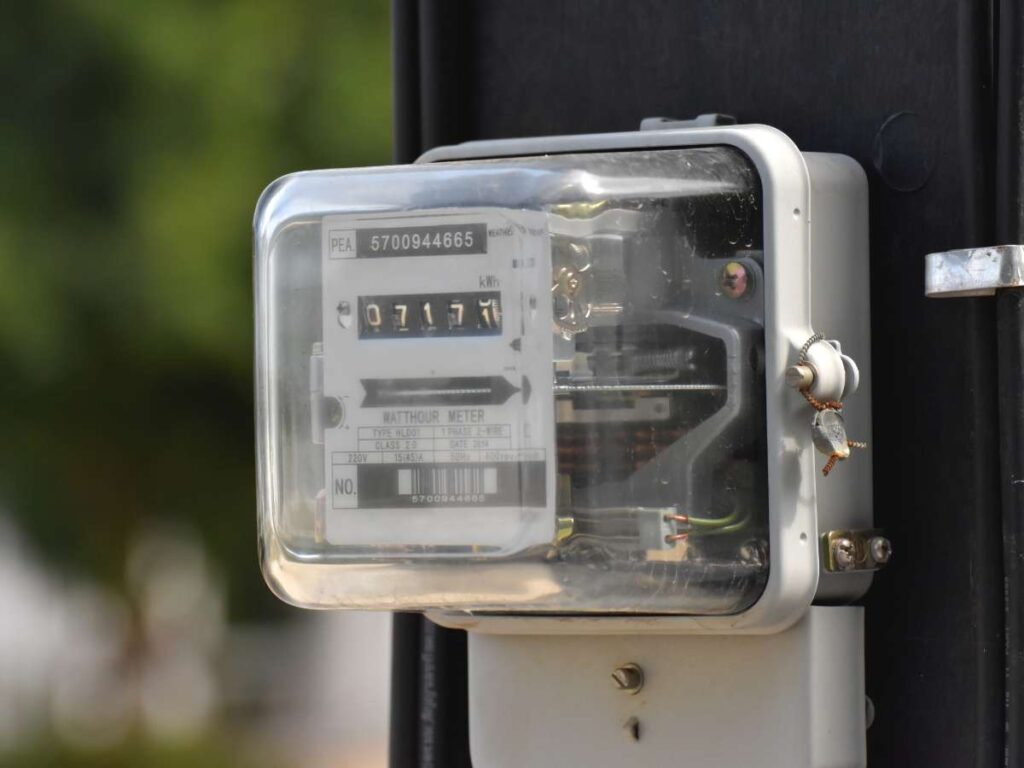
7. Equipment Versatility and Add-On Features
These days, members expect more than just “start” and “stop.” They want machines that guide them, track their progress, and keep things interesting.
I’ve seen it firsthand gyms that upgraded to smarter cardio machines saw a real boost in member engagement. People stayed longer. Use more features. And kept coming back.
Let’s see how treadmills and steppers compare when it comes to tech and versatility:
Built-in Technology and User Experience
Treadmills usually lead the way in this category. Here’s what many commercial models include:
- Heart rate monitors (grip or wireless)
- Pre-set workout programs (fat burn, intervals, heart rate zones)
- Touchscreens with entertainment apps or Netflix
- Virtual running courses—members can “run” through trails or cities
- Bluetooth or Wi-Fi for fitness tracking apps
- USB charging ports and built-in fans
I once helped a gym install treadmills with large screens and outdoor running simulations. Members loved it—especially during winter.
YR Fitness treadmills are designed to offer many of these features while keeping user experience simple and reliable. That balance is what keeps members coming back.
Steppers can have tech too, but it’s usually simpler:
- Basic heart rate tracking
- Simple workout programs
- Resistance levels that adjust manually or digitally
- Some high-end models now offer interactive displays, but not as common
If your gym focuses on a tech-savvy crowd, treadmills give more options out of the box.
Customization Options
Treadmills and steppers both allow some level of customization.
Treadmills:
- Adjustable incline (0–15% or more)
- Speed range for walking, jogging, or sprinting
- Wide belt sizes for different stride lengths
- Weight capacity: often 300–400 lbs
- Some have multi-grip handrails for support
Steppers:
- Multiple resistance levels
- Some allow stride length adjustments
- Compact design for tight spaces
- Handles vary by brand some fixed, some moving
I’ve noticed that steppers with moving handlebars tend to attract more users who want full-body movement without impact. While runners go for treadmills with strong motors and wide belts for smooth strides.
If you’re building a cardio zone with variety and digital engagement, treadmills offer more bells and whistles. But if your focus is muscle activation, intensity, and keeping things compact—steppers still hold their own.
8. Long-Term Business Strategy: Resale and Scalability
Buying gym equipment isn’t just about today. It’s about where your business will be a year from now. Or five.
I’ve worked with gym owners who had to scale fast—and others who had to sell equipment to free up cash. In both cases, the right machine made a big difference.
Let’s look at how steppers and treadmills hold up in the long run:
Resale Value
Treadmills tend to lose value faster. Why?
They wear out quicker. Belts, motors, electronics. Those parts take a beating.
In the used equipment market:
- Treadmills drop 30–50% in value after 2–3 years
- Older models (over 5 years) are often hard to resell especially without updated screens or Bluetooth
I once helped a client list three treadmills after a renovation. Only one sold. The rest had issues too costly to fix.
Steppers, on the other hand, can hold their value longer.
- Less wear from impact
- Fewer electronics fail
- Smaller footprint = easier resale to home users or studios
Good models can still fetch 50–70% of their price even after a few years if they’re kept in good shape.
Scalability for Expanding Facilities
Thinking of opening a second location?
Or expanding your floor space?
Steppers are easier to scale for a few reasons:
- Smaller footprint
- Lower power needs
- Less installation work
- Easier to move or reconfigure
You can fit more steppers into smaller rooms. And because they’re quieter, they work well in multi-use studios or boutique setups.
Treadmills? Still great but scaling means planning ahead:
- You’ll need more electrical outlets
- Strong flooring (especially for upstairs installs)
- Higher maintenance budget per unit
If you’re growing a general fitness center, treadmills give more broad appeal. If you’re building out a niche or HIIT-focused gym, steppers give you more layout freedom.
If long-term resale and space flexibility are part of your business plan, don’t sleep on the stepper. It’s not just a backup cardio option it can be a smart asset in your growth strategy.
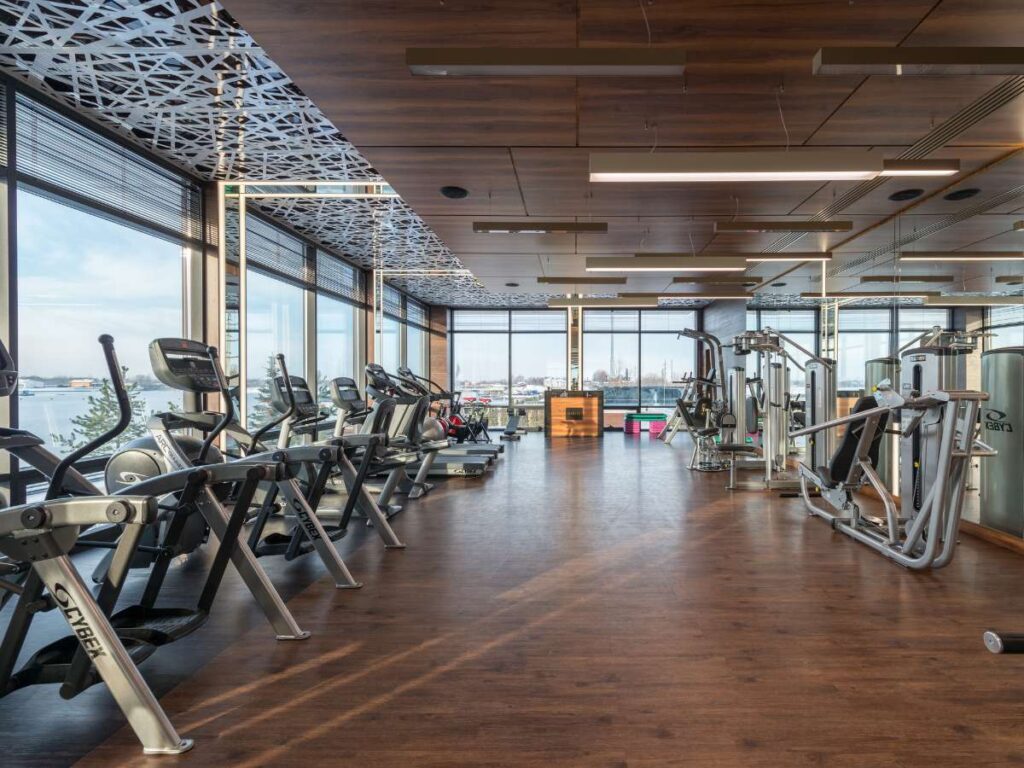
9. Final Decision: Which Machine Is Right for Your Business?
I get asked this a lot “If you had to choose just one, what would you go with?”
And the truth is… it depends.
There’s no one-size-fits-all answer. It’s about your space, your members, and what you need most right now.
Let’s break it down one last time so you can make a clear, confident choice:
Quick Summary Table
Feature | Treadmill | Stepper |
Initial Cost | Higher | Lower |
Maintenance | More frequent, more parts | Lower, simpler fixes |
Durability | Wears faster under high use | Handles impact better |
User Demand | Broad appeal (walkers, runners) | Niche users (glutes, HIIT) |
Space/Footprint | Larger, needs clearance | Compact, easy to fit |
Noise | Louder, more vibration | Quiet, low impact |
Tech Features | Advanced screens, programs | Basic but improving |
Resale Value | Depreciates faster | Holds value longer |
Purchase Recommendation Based on Gym Type
Budget Gyms
- Choose steppers
- Lower cost, fewer repairs, better use of small spaces
Boutique Studios
- Lean stepper if offering HIIT or glute training
- Add 1–2 treadmills for general cardio variety
Rehabilitation Centers
- Go treadmill
- Offers safe walking, incline training, and side rails
Premium Facilities
- Mix of both
- Treadmills for variety and tech
- Steppers for high-intensity zones
I once helped a boutique gym install six steppers and just one treadmill. It matched their audience and saved money on space and maintenance.
Six months in, usage was exactly what they needed.
Key Questions to Ask Before Buying
- Who are your main members? (Young athletes? Seniors? Busy professionals?)
- Do you have space for large machines—or need compact ones?
- Can you manage ongoing maintenance costs?
- Are you planning to expand or specialize in a niche class or program?
You don’t need to buy based on hype or brand names. You need to buy based on how your gym actually runs. Use what you’ve learned here and you’ll make a smart choice that pays off every day your doors are open.
Conclusion
Remember when I froze at the catalog?
Now you don’t have to.
We’ve covered the real costs, user demand, space, safety, and long-term value of both machines.
So what works best for your gym?
Start small. Pick what fits your members, your layout, and your goals. No guesswork. Just smart choices.
You’ve got the insight. Now take action.
What’s one change you can make in your cardio lineup today?
Contact us if you want help comparing models or planning your next upgrade.
Related articles:
